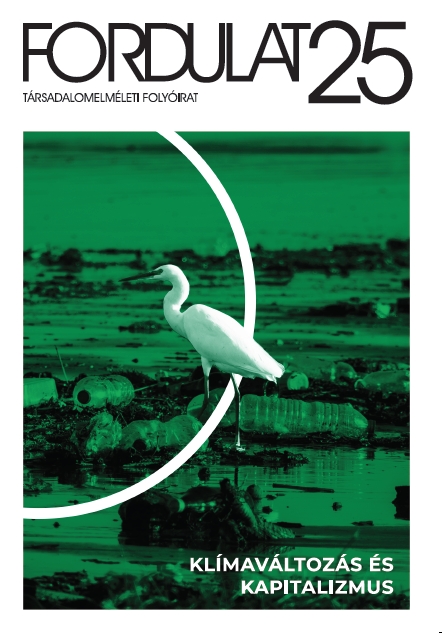Forradalmi stratégia egy felmelegedő világban
Revolutionary Strategy in a Warming World
Author(s): Andreas MalmSubject(s): Politics / Political Sciences, Social Sciences, Political Theory, Civil Society, Governance, Sociology, Environmental and Energy policy, Political economy, Politics and society, Comparative politics, Crowd Psychology: Mass phenomena and political interactions, Human Ecology, Rural and urban sociology, Political Ecology, Radical sociology , Environmental interactions, Geopolitics
Published by: Fordulat
Keywords: revolution;revolutionary strategy;politics of climate;climate change;russian revolution;soviet revolution;Lenin;
Summary/Abstract: It doesn’t take much imagination to associate climate change with revolution. If the planetary order upon which all societies are built starts breaking down, how can they possibly remain stable? Various more or less horrifying scenarios of upheaval have long been extrapolated from soaring temperatures. In his novel The Drowned World from 1962, today often considered the first prophetic work of climate fiction, J. G. Ballard conjured up melting icecaps, an English capital submerged under tropical marshes and populations fleeing the unbearable heat towards polar redoubts. The UN directorate seeking to manage the migration flows assumed that ‘within the new perimeters described by the Arctic and Antarctic Circles life would continue much as before, with the same social and domestic relationships, by and large the same ambitions and satisfactions’ – but that assumption ‘was obviously fallacious’. A drowned world would be nothing like the one hitherto known. In more recent years, the American military establishment has dominated this subgenre of climate projection. Extreme weather events, the Senate learned from the 2013 edition of the ‘worldwide threat assessment’ compiled by the US intelligence community, will put food markets under serious strain, ‘triggering riots, civil disobedience, and vandalism’. So far, the sworn enemies of revolution have dominated this frenzy of speculation. Little input has come from the other side: from the partisans of the idea that the present order needs to be overthrown or else things will turn out very badly. But if the strategic environment of counterinsurgency is shifting, so is – by definition – that of revolutionaries, who then have just as compelling a reason to analyze what lies in store. The imbalance in the amount of preparation is glaring. Those who pledge allegiance to the revolutionary tradition – in whose collective mind the experience of 1917 will probably always loom large – should dare to use their imagination as productively as any writer of intelligence reports or works of fiction. One might begin by distinguishing between four possible configurations of revolution and heat.
Journal: Fordulat (2008-tól Új Folyam)
- Issue Year: 2019
- Issue No: 25
- Page Range: 192-217
- Page Count: 26
- Language: Hungarian

